Kyoichi Tsuzuki, Happy Victims21 Images
What makes a ‘happy victim’, as defined by Japanese photographer Kyoichi Tsuzuki in his 2008 photo book of the same name, comes down to a singular obsession. “[They] love clothes so much that they’ve trimmed the three necessities of human life – food, clothing, and shelter – down to just one,” he wrote at the time, “and then not just any clothes, but a particular brand that they collect at the expense of all else.”
An unemployed woman wakes up at 3pm in her rickety apartment, mills around at the mall, and returns home in the early hours of the morning to fall asleep amid her Alexander McQueen collection. A teacher at a fashion college organises his whole life, from how he spends his salary to where he chooses to eat, around his Margiela wardrobe. A young mother’s apartment in Tokyo – where space is notoriously expensive – overflows with Gucci handbags, clothes and shoes.
Running in the Japanese style magazine Ryuko Tsushin from 1999 to 2006, Tsuzuki’s Happy Victims saw him venture inside the homes of Tokyo’s most fanatical fashion collectors, to shoot them among the clothes that held such a sway over their lives. As Tsuzuki notes, the collectors often weren’t the people we might expect… or that luxury fashion brands would lead us to believe.
“In the fashion magazines that crowd the racks of bookstores and corner shops,” he wrote, “beautiful models live beautiful lives wearing beautiful clothes in beautiful homes.” But in reality, many of fashion’s most devoted customers were actually quite ordinary, working class people, who sacrificed a vast percentage of their income to the high fashion industry. Over the years, the photographer met a Buddhist monk with an exclusive Commes des Garçons habit, a mother-daughter duo of Marc Jacobs acolytes, and the “no-contest champion” of collecting Number (N)ine, alongside sneakers and Star Wars figurines.
Below, Kyoichi Tsuzuki tells Dazed about the driving force behind his subversive Happy Victims series, and why some fashion brands weren’t such a fan of the photographs. Happy Victims was recently reissued by Apartamento, with an updated foreword by Tsuzuki and an introduction by Isabella Burley of Climax Books.
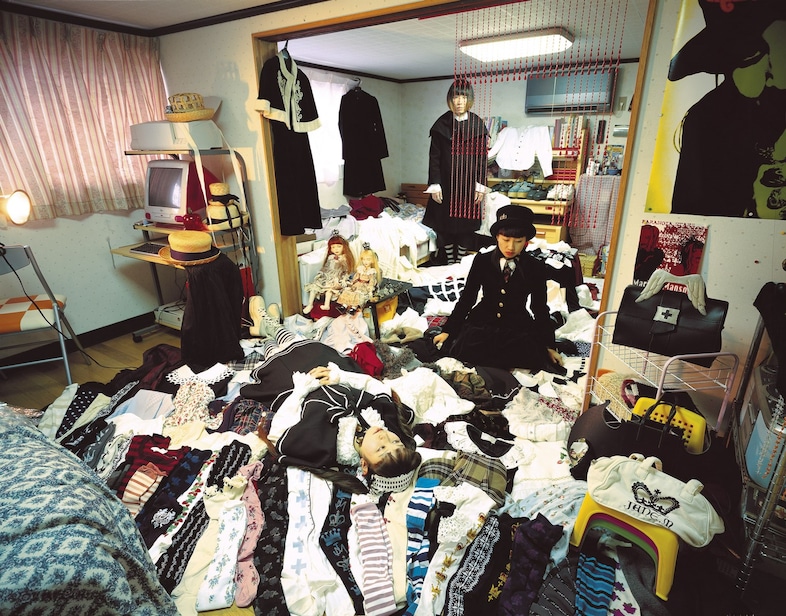 Jane MarplePhotography by Kyoichi Tsuzuki
Jane MarplePhotography by Kyoichi Tsuzuki
What was the original idea behind this series of photo essays, when it began in the late 90s and 2000s?
Kyoichi Tsuzuki: When I created my first photo book, Tokyo Style, I realised that every small room reflects the lifestyle of its resident. When photographing the rooms of young people, I found that some people collect clothes in the same way as books or records. This led me to the idea that the true customers of fashion brands are people who don’t have much money and sacrifice everyday comfort to spend as much as they can on the latest collections.
At the same time, I also realised that people have different views on different kinds of collections. Those who don’t have much money but spend everything they have to buy books are respected. Records might follow. Or cars. But people tend to laugh at those who spend all their money on fashion brands.
Why do you think that is?
Kyoichi Tsuzuki: There is still a myth that high-end brands are for the upper class who live a high-end life with a high-end husband or wife, a high-end house with gardens, cars, and dogs or horses. But the reality is that many middle class or working class people try hard to experience a taste of high-end life by buying a high-end fashion item. The brands always try to hide that fact. I think it’s strange that the fashion business is hiding its most loyal customers. This idea has been my driving force in continuing this project for so long.
Neither I nor the Ryuko Tsushin editors expected to continue this project for seven to eight years. Initially, I thought it might be fun to do it for six months or a year. However, as I continued the project, I met more and more collectors, and couldn’t stop.
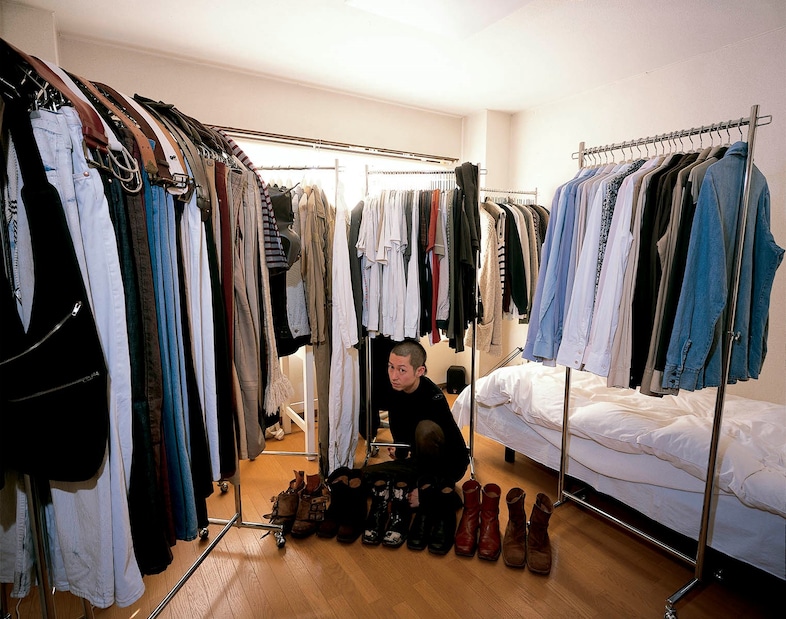 Martin MargielaPhotography by Kyoichi Tsuzuki
Martin MargielaPhotography by Kyoichi Tsuzuki
Brands often complained about your work because it didn’t represent the ‘image’ they wanted to project. Why do you think that was?
Kyoichi Tsuzuki: As I continued writing the story every month, most high-fashion brands became angry about it, which I didn’t expect at all. They said things like, ‘We didn’t approve the story like this,’ and, ‘You didn’t tell us beforehand’. Some of the brands had friends of mine, but they didn’t help me. This was partly because the company disapproved of our attitude, but also because they had no idea about their truly devoted customers. They didn’t care. This was shocking, but it gave me the energy to continue.
I remember a young Buddhist monk who was a passionate collector of Comme des Garçons. When I visited his room, the walls were covered with posters, flyers, and collection invitation sheets. I asked him if, since he spent lots of money on CDG, they invited him to collection events. But no. No matter how much money he spent on their products, he was never invited to any of their events. So he checked auction sites to find those mementoes.
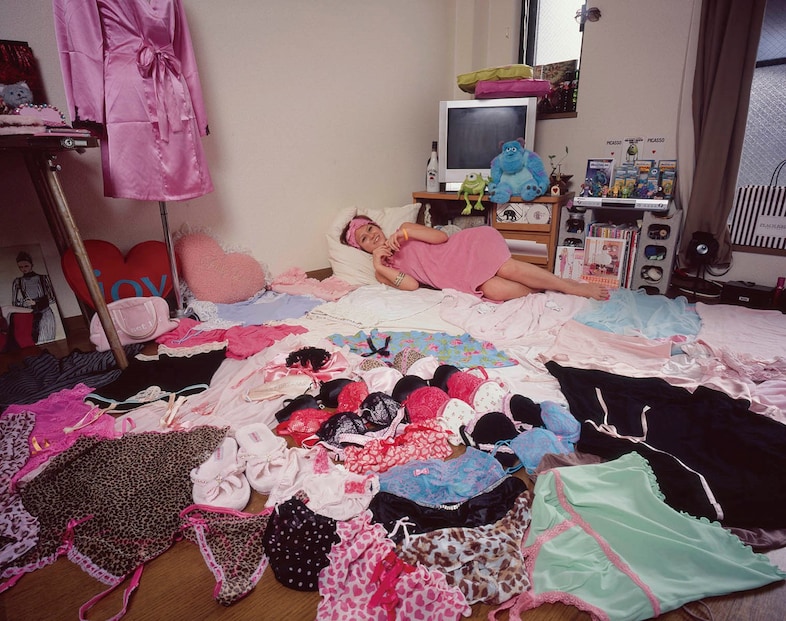 Peach JohnPhotography by Kyoichi Tsuzuki
Peach JohnPhotography by Kyoichi Tsuzuki
How did it feel to be invited into people’s homes and fashion collections? How did they respond to your presence?
Kyoichi Tsuzuki: Most of the collectors I met for this project were really shy and didn’t want to talk loudly about their collections. They probably knew that spending that much money on clothes rather than books or records was not respected. Most of the time, they hesitated to have their photos taken. Some of them refused to show their faces. But at the same time, they couldn’t bear the thought of someone else appearing in the magazine as the collector of their favourite brand. So, reluctantly, they invited us into their rooms.
Ultimately, I wasn’t that interested in fashion design. I was more interested in the people who make the high fashion business run
What did the process actually look like, for you?
Kyoichi Tsuzuki: As Ryuko Tsushin was a monthly magazine, it was really difficult to find a collector every month. Some young Japanese brands were helpful, but none of the high-fashion brands helped us, as I mentioned. Our collectors were never invited to the collections, so it was no use going to the collection venue in the hope of finding someone.
The people who helped us the most were the shop assistants. They had built up a personal relationship with those shy collectors. For them, their favourite shop assistant is not just someone who tries to sell them expensive items, but someone who tries to make them happier by selling them nice-looking clothes. It’s just like how a record shop salesperson knows what kind of music you like and recommends new records, saying, ‘You might like this band’.
But, you know, in the fashion business, shop salespeople are at the bottom of the hierarchy. They receive the lowest pay and are forced to buy new collections. It was fascinating to see the small world of low-profile, quiet, devoted collectors and the lowest-paid shop workers. Ultimately, I wasn’t that interested in fashion design. I was more interested in the people who make the high fashion business run. Without them, no high-fashion business could survive, yet they are never recognised or welcomed.
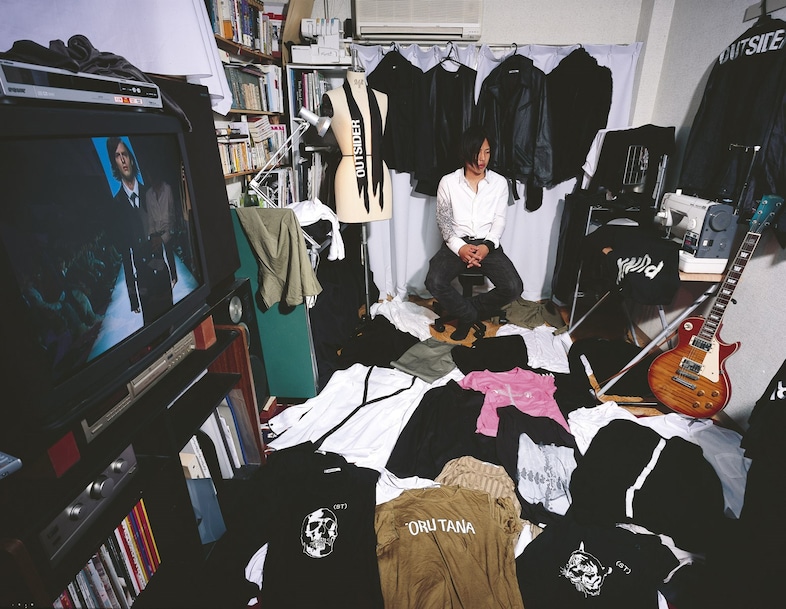 Satoru TanakaPhotography by Kyoichi Tsuzuki
Satoru TanakaPhotography by Kyoichi Tsuzuki
Are there still ‘happy victims’ out there today? Where might we find them?
Since the original version of Happy Victims was released, I have met some more ‘victims’. However, compared with a quarter of a century ago, I don’t see much difference in the design of high fashion and street clothes now. Many young people have lost interest in high fashion – it’s insanely expensive, yet doesn’t look so different from street fashion.
At the same time, young people today are in a much more difficult financial situation. So they simply cannot afford to spend money on clothes. Rather than going to high-fashion boutiques, they go to second-hand clothes shops. Or simply high-fashion brands have lost the ability to inspire young people with their designs, offering them the chance to fulfil their dreams by buying their products.

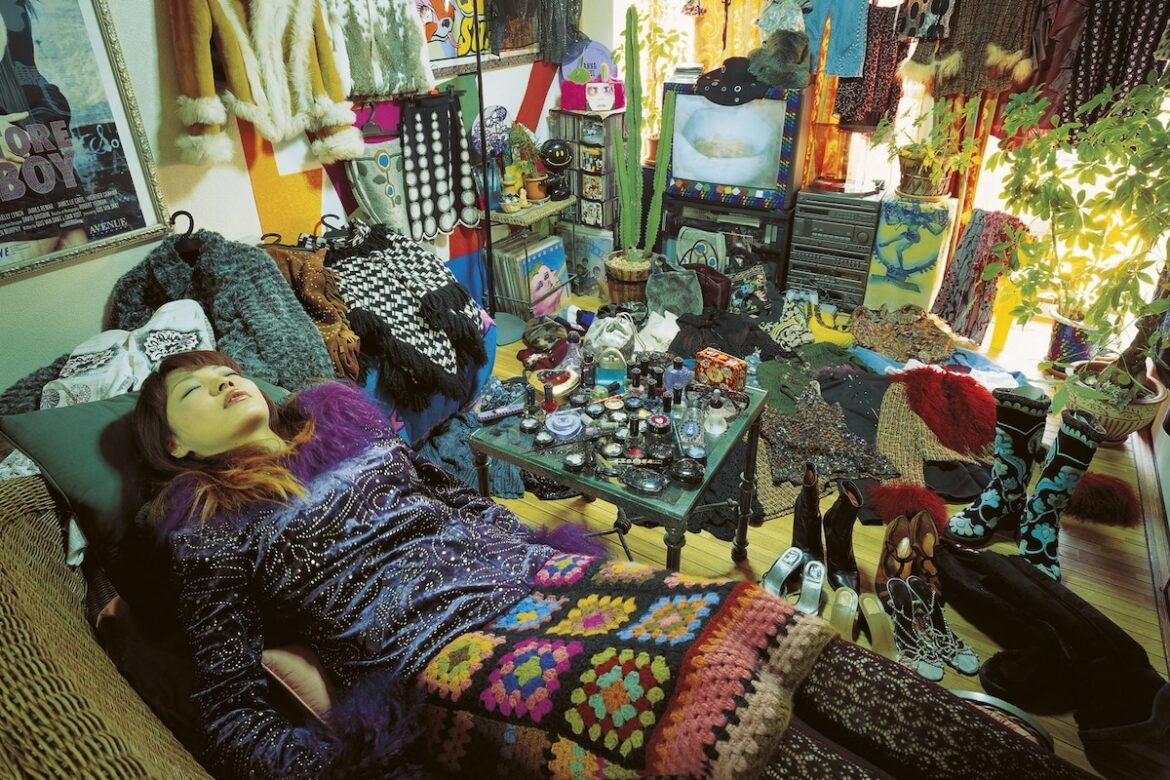
AloJapan.com